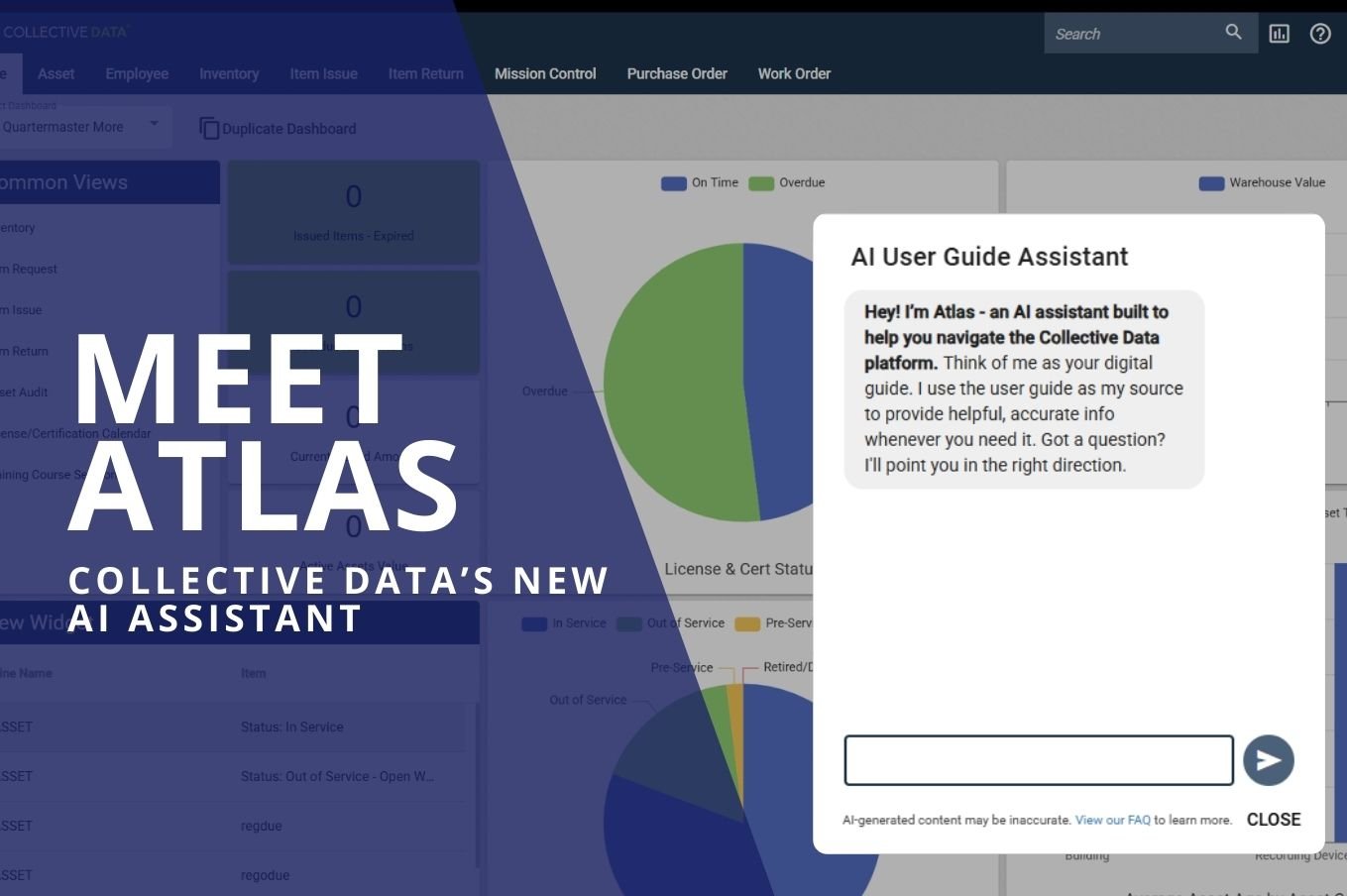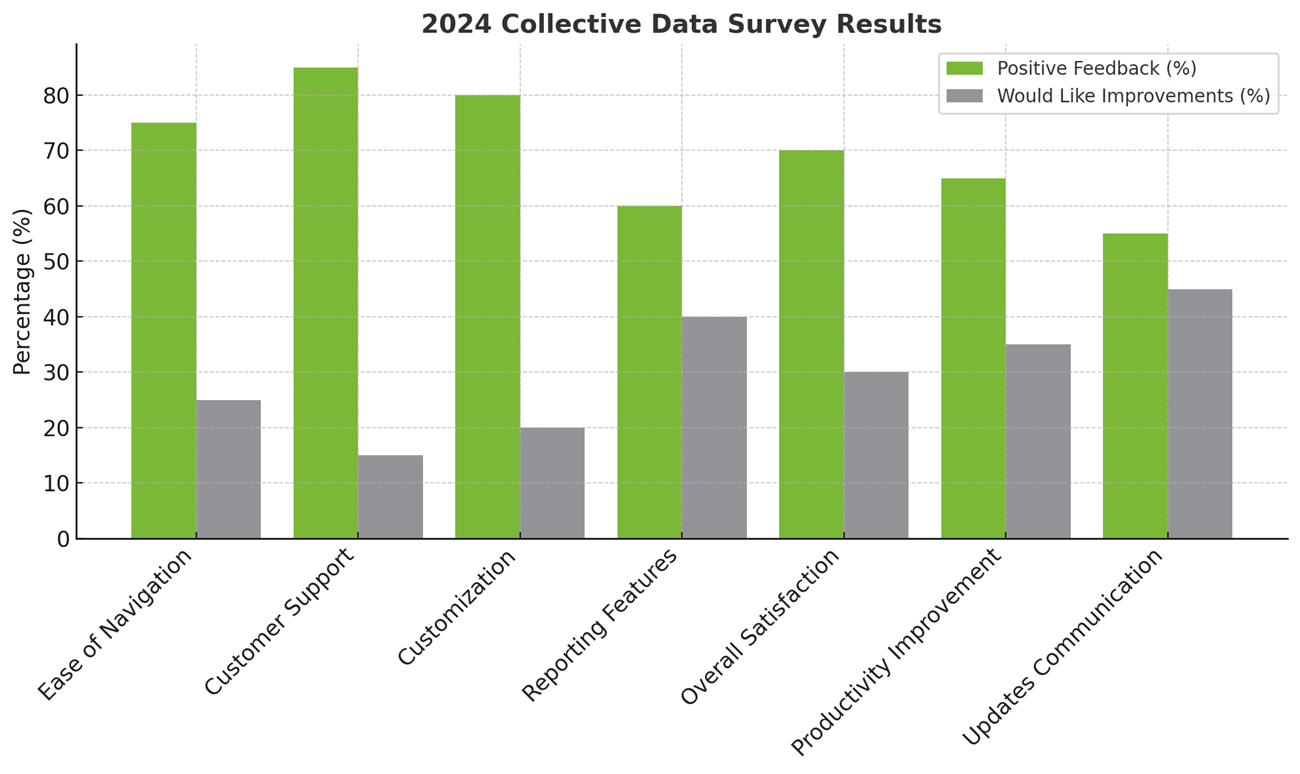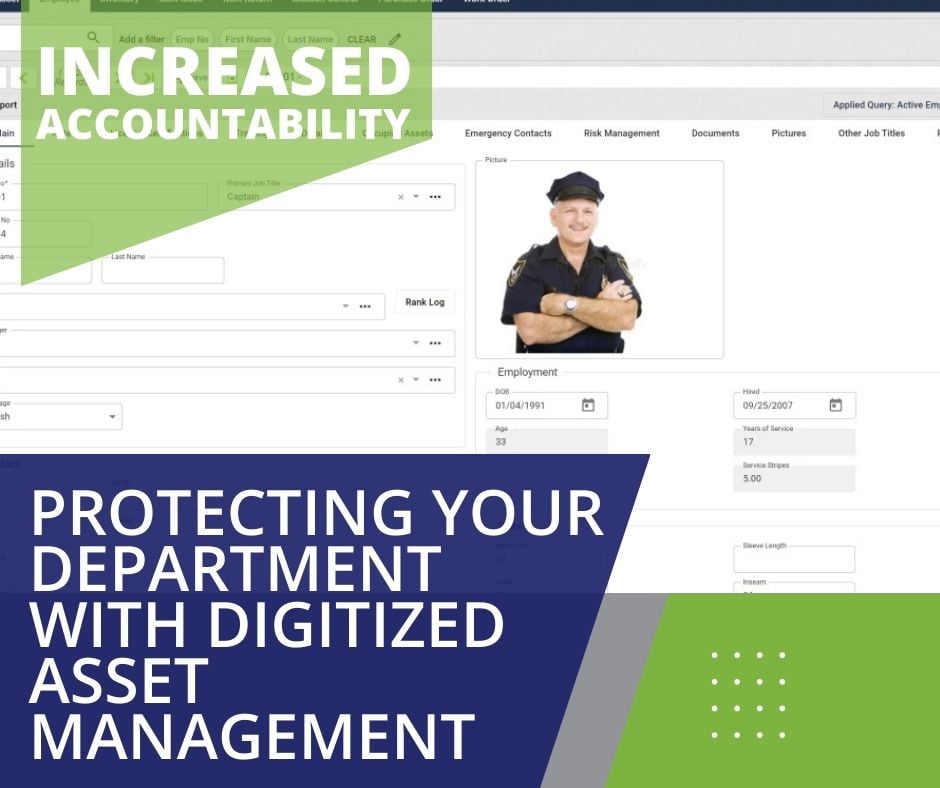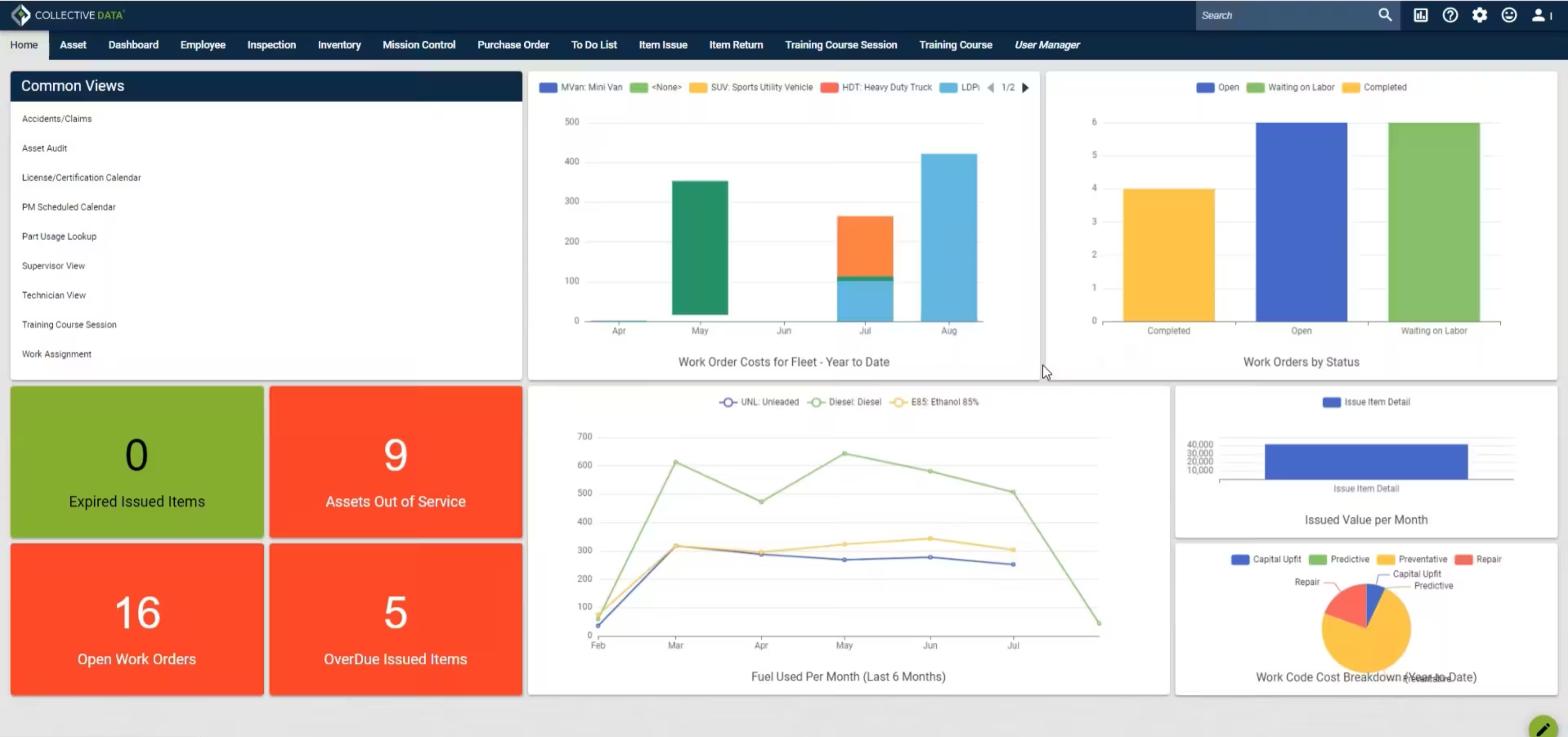As 2020 is winding down and you examine your processes and procedures, if you’re still using spreadsheets to manually manage your gear and supplies, now is the time to consider an investment in software that can help your department better manage inventory, assign equipment and pass audits.
Spreadsheets are one of the most used data entry platforms for any organization including law enforcement agencies. But when it comes to inventory and asset management, they are limited in their effectiveness. We understand that spreadsheet programs are readily available on most computers and that almost every administrative staff is familiar with using the suite of word processing and spreadsheet applications. However, the easiest solution is often not the best fit for your department in the long run. Here are five reasons why spreadsheets are not the optimal inventory management solution for your department:
1. Spreadsheets are Ripe for Error and are Time Consuming to Maintain
While readily available, the issue with spreadsheets is that employees need to enter information manually. Which creates opportunity for mistakes to be made. You know the drill: data entry errors mean making mistakes in organization-wide decisions. When you enter information by hand, this is likely to lead to errors—there is the issue of correct and timely entry. Additionally, it is time consuming to build a spreadsheet this works for your inventory—making sure you have accounted for every piece of equipment and supply item. Then, there is the issue of maintaining the spreadsheet—remembering to add new inventory and remove obsolete items in a timely manner.
2. Spreadsheets Are Not Scalable as Your Inventory (and Department) Grows
You are probably already painfully aware of this limitation. Once you start to track hundreds or even thousands of items through your spreadsheet, you will quickly see how overwhelming it is to manage. Even the most seasoned spreadsheet pro can only deal with so many sheets and tabs at one time.
Don’t forget, the whole reason you want to track your gear and supply stock in the first place, is to be able to find it on demand. This is very difficult to do with a spreadsheet.
3. Spreadsheets Do Not Provide Real-Time Information
A spreadsheet is simply not capable of tracking real-time inventory flow (what do you have on hand? What is out in the field?). Your current inventory levels are only going to be as real-time as your most recent data entry. It is also clunky to tie specific gear to an officer using a spreadsheet—making it difficult to know who has what at all times. This level of tracking is critical for the integrity of your inventory management.
4. You Cannot Easily Pull Audit Reports from Spreadsheets
Failing to produce the much-needed audit reports as well as to track critical accounting information makes spreadsheet management obsolete. Spreadsheets can crunch and provide numbers for you. But what about analysis and reporting? What about noting trends and making accurate forecasts? If you need reliable data that can be pulled quickly, spreadsheets are going to hinder your ability to shine.
5. Spreadsheets Do Not Allow for Multiple User Access (Let Alone Permission Levels)
If multiple people need to access your inventory data (either to enter it or to pull from it), spreadsheets are limited in that they are only accessible to one user at any given time. Further, if you want to grant access to multiple users but want to set varying degrees of permission, this cannot be done with a spreadsheet. A comprehensive software program like collectiveQuartermaster will provide you with convenience and control, allowing you to set user access based on the necessity of their job. You can quickly see who has done what, by accessing built-in audit reports.
If the effects of 2020 are causing you to examine how you will maximize your efficiency or do more with less, consider adopting comprehensive inventory and asset management software for your department. Selecting a flexible software will provide you with real-time data on your inventory and what equipment/assets you have in the field.
A high-end inventory management software would consolidate all your asset and inventory data in one place in the cloud. This means multiple users can access the inventory data with different levels of access and security. Best of all, globally accepted accounting principles are followed, meaning accurate inventory information at your fingertips along with the reporting and documentation you need to satisfy superiors and audit committees.
If having a comprehensive inventory management system is critical for your organization, contact us today for a demo of collectiveQuartermaster.








































































